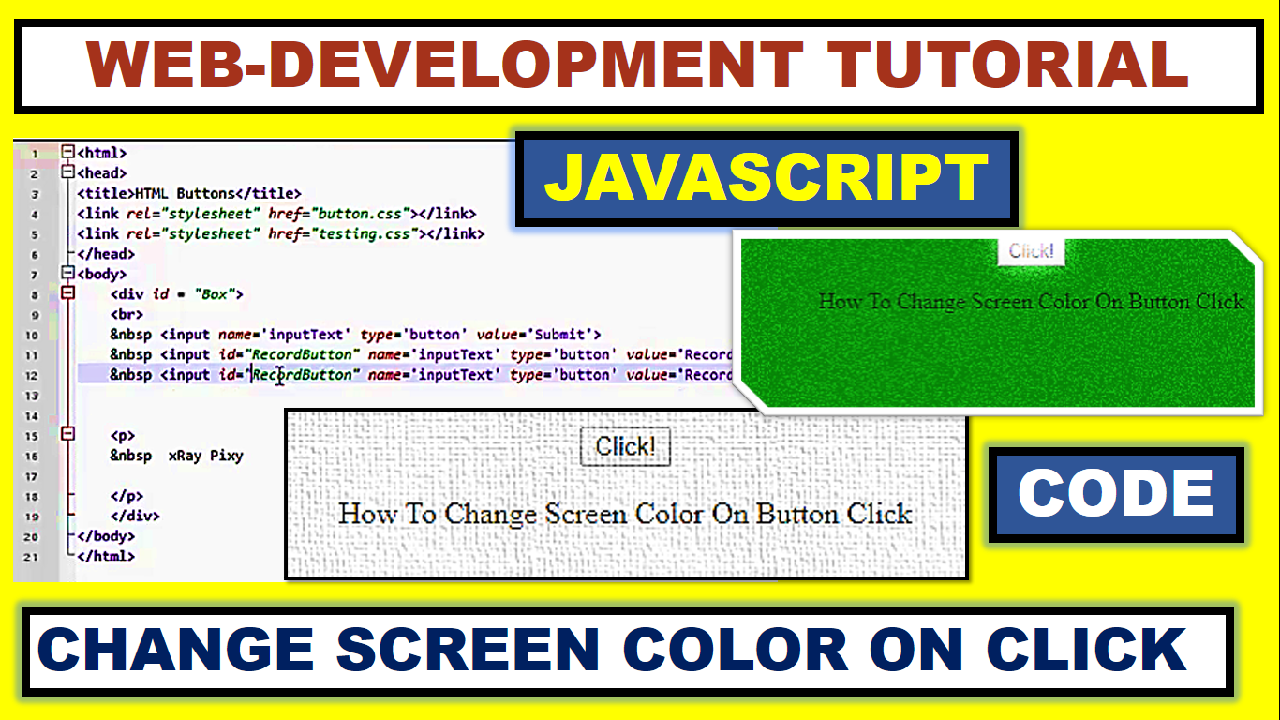
log ( date ) Sun 20:48:12 GMT+0100 (British Summer Time)Ī more robust solution that follows the "don't repeat yourself principles" would be to create a function that we can pass any date and days to add and get the resulting Date() object back.įunction addDaystoDate ( date, days ) var fst_date = new Date () var add = 5 var result = addDaystoDate ( fst_date, add ) console. In the example below, five days are added to a Date() object using the current time. To demonstrate this, we will first create a basic example of adding five days to a Date() object then create a function to add any number of days to a date dynamically. getDate() function then add the number of days to increment using the addition operator ( +). The XSP library contains classes that access the browser context.To add days to a Date() object in JavaScript, use the setDate() function – inside it get the current date using the.

Represents common mathematical values and functions. Gets a string representing the UTC date and time. Gets a string representing the local time. Gets a string representation of the Date object. const date new Date() tDate(date.getDate() + 7) console.log(date) The getDate () method returns an integer between 1 and 31 that represents the day of the month for the date. The setDate method takes the day of the month as a parameter and sets the value for the date. To demonstrate this, we will first create a basic example of adding five days to a Date () object then create a function to add. Use the setDate () method to increment the date by 7 days. getDate () function then add the number of days to increment using the addition operator ( + ). Gets a string representing the local time using the format conventions of the underlying operating system. To add days to a Date () object in JavaScript, use the setDate () function inside it get the current date using the. Gets a string representation of the Date object taking into account the host locale. Gets a string representing the local date using the format conventions of the underlying operating system.
#SETDATE JAVASCRIPT ISO#
Gets a string representing the local date and time in ISO format.
#SETDATE JAVASCRIPT HOW TO#
We use the setDate () and getDate () methods, in this way: tDate(mydate.getDate() + 30) How to add days to a date in JavaScript. Gets a string representing the local date. Here is a date that represents today: const mydate new Date() Suppose we want to get the date that’s 30 days from now. Optionally sets the second and millisecond. Optionally sets the minute, second, and millisecond in UTC. Optionally sets the minute, second, and millisecond. Gets the year in local time in an abbreviated format.Ĭreates a Date object representing a specified time.Ĭreates a Date object representing a specified time in ISO format.Įxtends the object with additional properties and methods. Gets the difference in minutes between UTC and local time. The Standard library contains classes for manipulating data of different types and performing common operations.Ĭreates a Date object representing the current date and time, or a specified date and time. The Runtime library contains classes that provide useful methods for globalization. This library provides access to the IBM® Domino® back-end. Represents a document in XML Document Object Model format. The setDate () function of the date object accepts an integer representing the day of the month and modifies/replaces the current date with it. Get the current timestamp now.getTime() Output. We can get the timestamp with the getTime () method. Entering the name of a global object instantiates it. JavaScript, however, understands the date based on a timestamp derived from Unix time, which is a value consisting of the number of milliseconds that have passed since midnight on January 1st, 1970. Global objects provide entry points to server-side scripts. Global objects and functions (JavaScript™).setDate ( 98 ) // (6th of October 1962) theBigDay. setDate ( 0 ) // (31th of July 1962) theBigDay.


setDate ( 22 ) // (22th of August 1962) theBigDay. setDate ( 32 ) // (1st of August 1962) theBigDay. setDate ( 24 ) // (24th of July 1962) theBigDay. Client-side scripts are interpreted by the browser.Ī simple action performs a pre-programmed activity that can be modified by arguments. setDate() var theBigDay new Date ( 1962, 6, 7 ) // (7th of July 1962) theBigDay.

The JavaScript described here applies to the server-side interpreter. The JavaScript™ language elements are based on the ECMAScript Language Specification Standard ECMA-262 (see ).
#SETDATE JAVASCRIPT PLUS#
This reference describes the JavaScript™ language elements, Application Programming Interfaces (APIs), and other artifacts that you need to create scripts, plus the XPages simple actions.


 0 kommentar(er)
0 kommentar(er)
